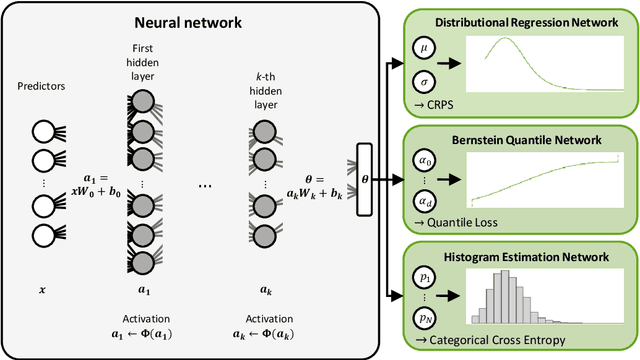Aggregating distribution forecasts from deep ensembles
Paper and Code
Apr 05, 2022



The importance of accurately quantifying forecast uncertainty has motivated much recent research on probabilistic forecasting. In particular, a variety of deep learning approaches has been proposed, with forecast distributions obtained as output of neural networks. These neural network-based methods are often used in the form of an ensemble based on multiple model runs from different random initializations, resulting in a collection of forecast distributions that need to be aggregated into a final probabilistic prediction. With the aim of consolidating findings from the machine learning literature on ensemble methods and the statistical literature on forecast combination, we address the question of how to aggregate distribution forecasts based on such deep ensembles. Using theoretical arguments, simulation experiments and a case study on wind gust forecasting, we systematically compare probability- and quantile-based aggregation methods for three neural network-based approaches with different forecast distribution types as output. Our results show that combining forecast distributions can substantially improve the predictive performance. We propose a general quantile aggregation framework for deep ensembles that shows superior performance compared to a linear combination of the forecast densities. Finally, we investigate the effects of the ensemble size and derive recommendations of aggregating distribution forecasts from deep ensembles in practice.
 Add to Chrome
Add to Chrome Add to Firefox
Add to Firefox Add to Edge
Add to Edge